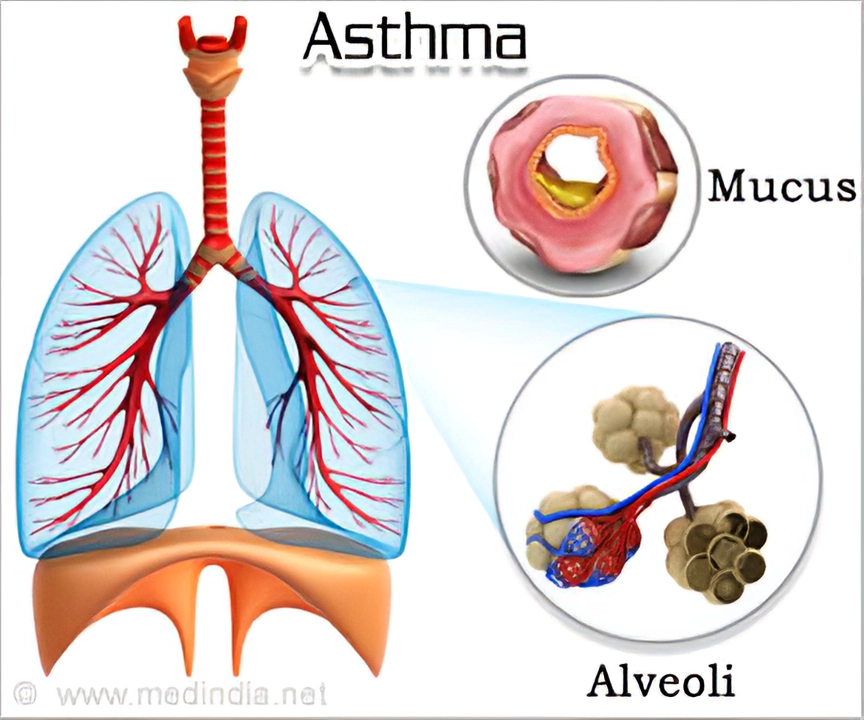Potential Risk: What to Watch for with Medications and Online Pharmacies
A tiny mistake with medication — the wrong dose, a fake pill, or an unplanned drug mix — can cause real harm. The good news: most of these risks are avoidable if you know what to check and who to ask. This page collects practical advice so you can make safer choices when taking medicines or buying them online.
Common online pharmacy risks
Buying meds online is convenient, but it adds new hazards. Fake or substandard products may look real but contain the wrong ingredients, the wrong dose, or nothing at all. Some sites ship drugs without a prescription or sell medicines not approved in your country. Others won’t give you a pharmacist’s contact or clear batch and expiry info — red flags for trouble.
Watch for these warning signs: prices that look too good to be true, no prescription required for Rx-only drugs, no verifiable business address, poor website security, or no pharmacist reachable by phone. Legitimate pharmacies usually have clear licensing details and offer pharmacist help.
Simple actions to cut risk
Start with the basics: get a proper prescription, use a licensed pharmacy, and keep a current list of all medicines and supplements you take. Ask your pharmacist to check for drug interactions — especially if you take antidepressants, anti-seizure meds, immunosuppressants, or blood thinners. Use a single pharmacy when possible so they can spot interactions and duplicate therapy.
When buying online, verify the pharmacy. Look for recognized seals or registries (for example, national pharmacy boards or accreditation programs). Check customer reviews separately from the site and call the pharmacy to confirm they have a licensed pharmacist on staff. Save receipts and packaging — batch numbers and expiry dates help if something goes wrong.
Know the serious warning signs that need immediate care: difficulty breathing, swelling of face or throat, a sudden severe rash, high fever, fainting, or severe chest pain. For non-urgent concerns, contact your prescriber or pharmacist. Report suspicious products and bad reactions to your country’s drug safety authority so others are warned.
Some medications need blood tests or close monitoring when started, stopped, or switched — thyroid drugs, methotrexate, hydroxychloroquine, and certain psychiatric medicines are common examples. Follow lab schedules and don’t stop or change doses without talking to your clinician. If you notice new symptoms after a change, document them and reach out right away.
This site has specific guides that dig into risks and safe buying practices — from buying Escitalopram and Methotrexate online to switching thyroid meds and spotting counterfeit shipments. Use those articles to learn practical steps for each drug, but always double-check with your healthcare team.
Final quick checklist: keep prescriptions, verify the pharmacy, ask for pharmacist review, monitor labs if required, store meds safely out of reach of children, and report problems. A small extra step today can prevent a big health problem tomorrow.

- 8 Comments
As a blogger, I recently came across an important topic that I feel needs to be shared with my readers - the potential risk of Meloxicam when it comes to asthma. Meloxicam is a widely used anti-inflammatory drug, but research suggests that it may potentially trigger asthma attacks in some individuals. This is particularly concerning for those who have a history of asthma or are at risk of developing it. It's crucial to consult your healthcare provider before taking Meloxicam, especially if you have asthma or other respiratory issues. I urge everyone to stay informed and prioritize their health when considering medications.
